Microcement swimming pools, the best possible option
When we talk about swimming pools, the market offers practically infinite alternatives depending on the design, size and budget. But not all of them offer the benefits of microcement pools, which for some years now have been established as the alternative in capital letters to traditional masonry pools.
Microcement pools are on the rise, and no wonder. A material that combines aesthetics and functionality to offer a dream pool that does not require time-consuming building work or high costs.
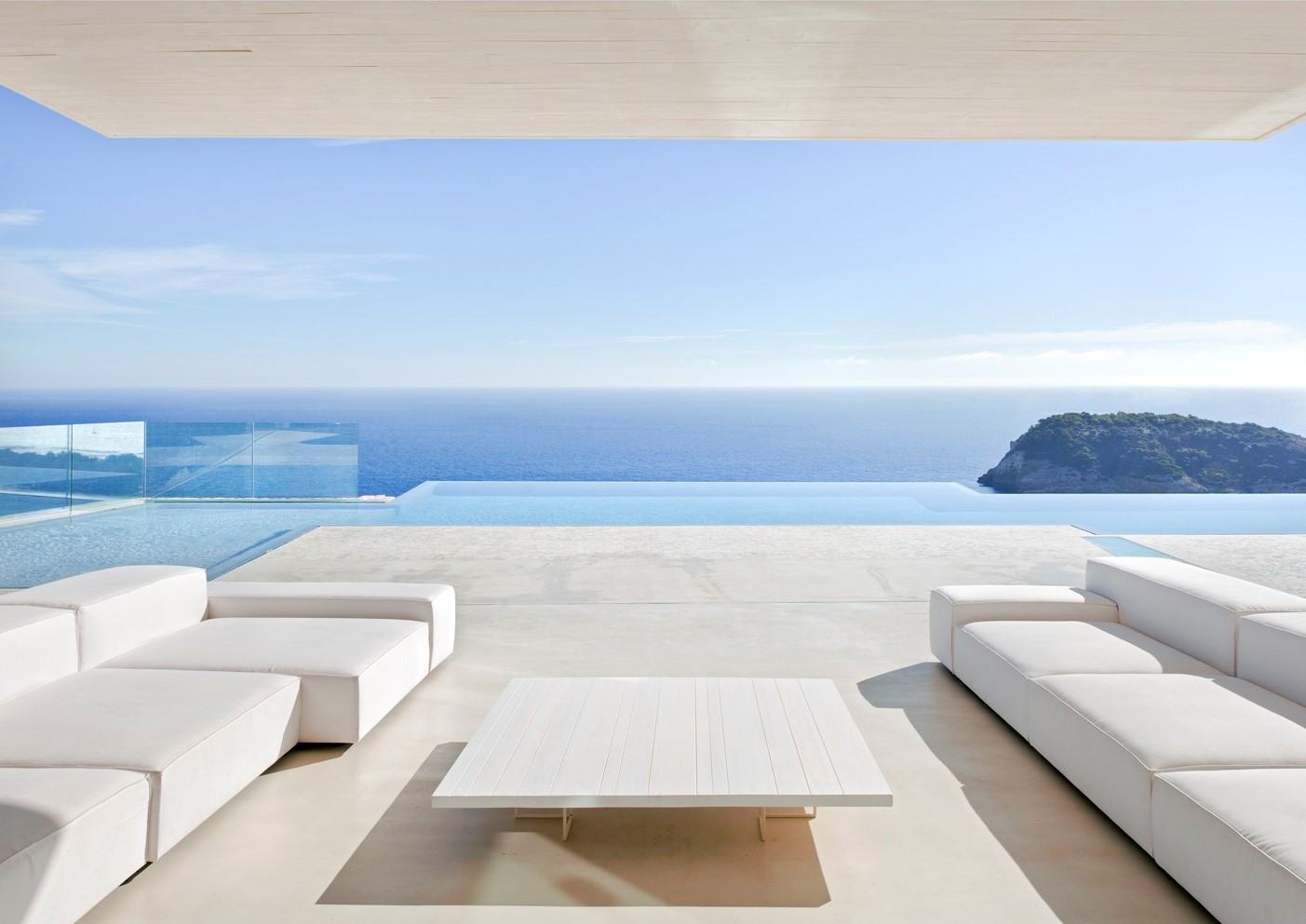
Microcement pools: why are they so popular?
Microcement is a decorative coating that is a triumph in interior decoration and, increasingly, in outdoor spaces such as façades and terraces. With a thickness of between 2 and 3 mm, it stands out for its elasticity, continuity, resistance and ability to be applied to any surface.
These qualities are taken to their maximum potential in the case of microcement pools, which have been gradually replacing masonry pools such as concrete pools, stainless steel pools, sand pools or gresite pools, among others.
If you want to know more about swimming pools with microcement, read on. Once you know all the advantages of this innovative material, you will be captivated.
1. Microcement pools: suitable for new and old pools
Whether you are planning to build a swimming pool from scratch or completely renovate an existing pool, microcement is the decorative solution you need and you don't even know it yet.
One of the peculiarities of this innovative material that make it an all-terrain coating is precisely its compatibility with numerous materials such as concrete, gresite, terrazzo, brick, tiles, etc., as long as these are on the edge and crown of the pool. In this case, to change the coating of the area around the pool, it will be enough to level and repair the support (if necessary) and apply the microcement on it.
Another possible situation, and also an application process, is if the aim is to coat the pool shell with microcement. In this case, due to the inherent humidity inside the structure, it is not possible to lay the microcement directly on a tile or stoneware covering. Here, to say goodbye to your old pool, the first thing to do is to remove the existing material that has been used so far as a coating, as the microcement has to be applied on shotcrete, gunite. It is essential that the substrate is completely clean, consolidated and in optimal conditions of planimetry.
If, on the other hand, you wish to build a microcement pool from scratch, it is also possible. In both cases the result will be the same thanks to its versatility: a quick transformation of the space, savings in labour and spectacular aesthetics. A pool worthy of luxury magazines.
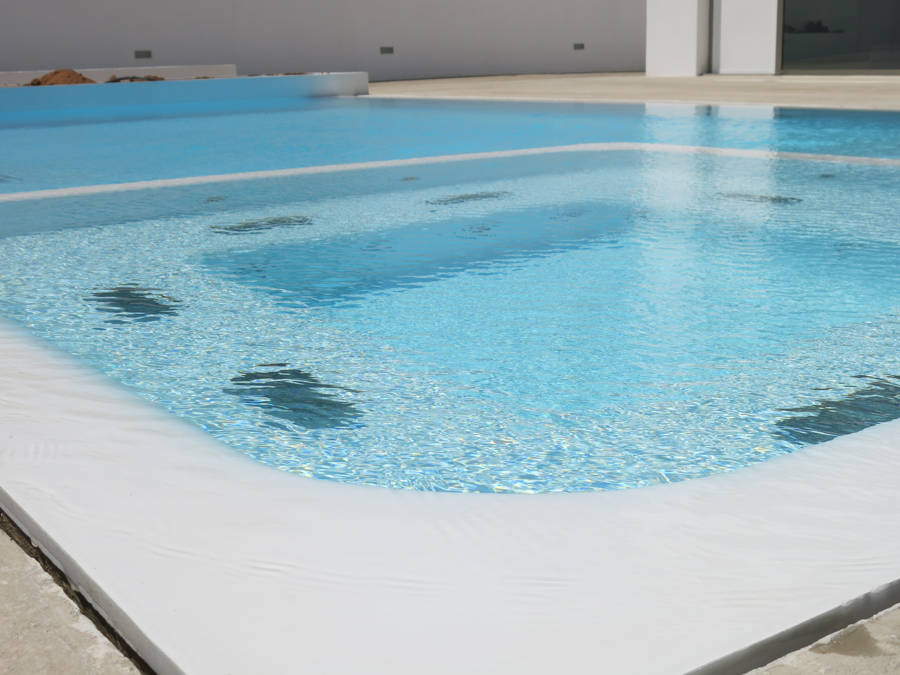
2. Slips have no place in the crown and edges of microcement pools
When building a swimming pool, it is essential to opt for a material that avoids the dreaded slips and falls which, unfortunately, on more occasions than we would like, become the real protagonists of the summer season.
A problem that disappears by applying microcement to the crown and edges of the pool, as it is a coating that provides a non-slip finish. This is undoubtedly one of the great added values of microcement pools, to which we must also add their waterproof
3. Microcement pools provide continuity in design
Another of the great virtues of microcement pools is the uniformity they offer, as they have no joints. As there are no visible divisions, the pool can blend in perfectly with its surroundings and exude not only visual continuity, but also a sense of calm and relaxation. An added factor that also contributes to a feeling of greater spaciousness.
4. Minimum cleaning and maintenance of microcement pools
In conventional pool designs where tiles predominate, a lot of dirt and mould accumulates in the joints. Microcement, as it has no joints and is a continuous surface, does not have small cracks that allow dirt to accumulate.
The low maintenance and cleaning requirements of microcement pools are not found in other types of pools. Not only because of the absence of joints, but also because it does not require such demanding care as other materials.
5. Unlimited customisation in microcement pools
Microcement pools can be customised to the extreme through the chosen colour and finish, as well as the shape of the pool. Rectangular or semi-circular pools with microcement, with rounded or straighter edges, incorporating other elements such as a jacuzzi area or a waterfall, etc. You set the limit!
Without losing sight of the fact that microcement combines with all kinds of materials, so it can be integrated into any style. In this way, you can create a microcement swimming pool and also cover the crown and use another material in the surrounding area, such as wood, for example.
6. Microcement pools: a question of durability
The profusion of microcement pools has exploded in recent years thanks to the enviable properties, most of which have been mentioned above, to which must be added their great durability.
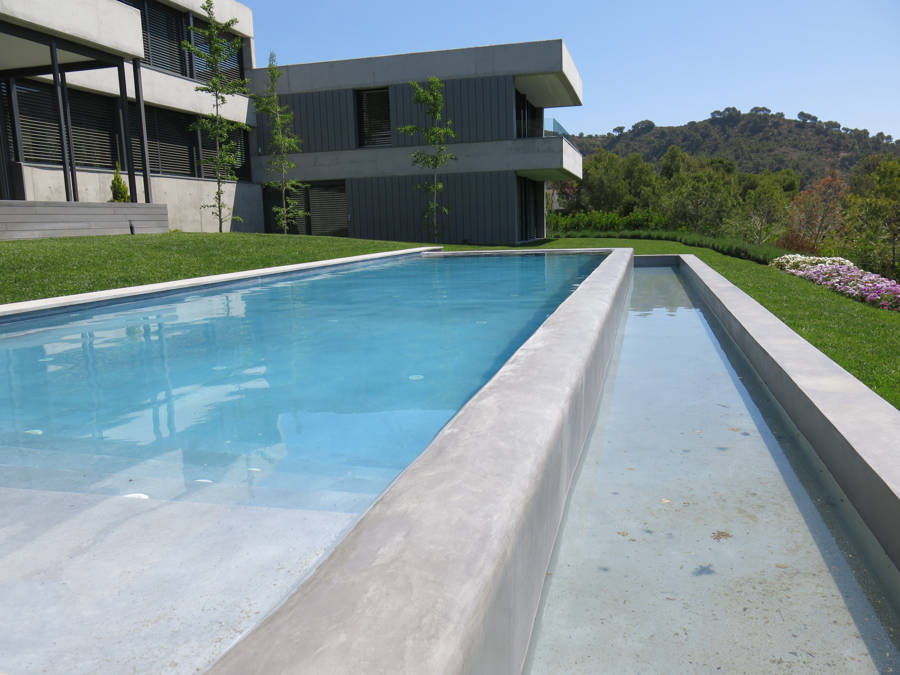
White microcement pools, a plus of character
The wide range of colours makes it possible to create all kinds of microcement pools, but those with a markedly minimalist and avant-garde character get all the recognition. And if there is a colour that represents this style, it is white, which there are plenty of reasons to love.
That is why white microcement pools triumph over the rest. The mosaic that is achieved thanks to the contrast with the blue of the pool water produces a relaxing effect, worthy of hotels and spas. A colour that works wonders in very sunny areas such as the terrace, achieving a powerful contrast between the elements inside and around the pool lined with microcement.
How much does a microcement pool cost?
Applying microcement in swimming pools is a more complex method than covering other surfaces such as walls or floors with this material, for example. It is a product that needs to be well known and the work must be carried out by a professional with the necessary experience to carry out the project successfully. All of this means that the cost of a microcement pool can be higher than that of microcement floors or walls.
However, the other factors to be taken into account for the price of a microcement pool are the same: type of microcement, m2 of the future pool, labour costs, etc. As a general rule, a swimming pool with microcement costs between 75 and 100 pounds per square metre.
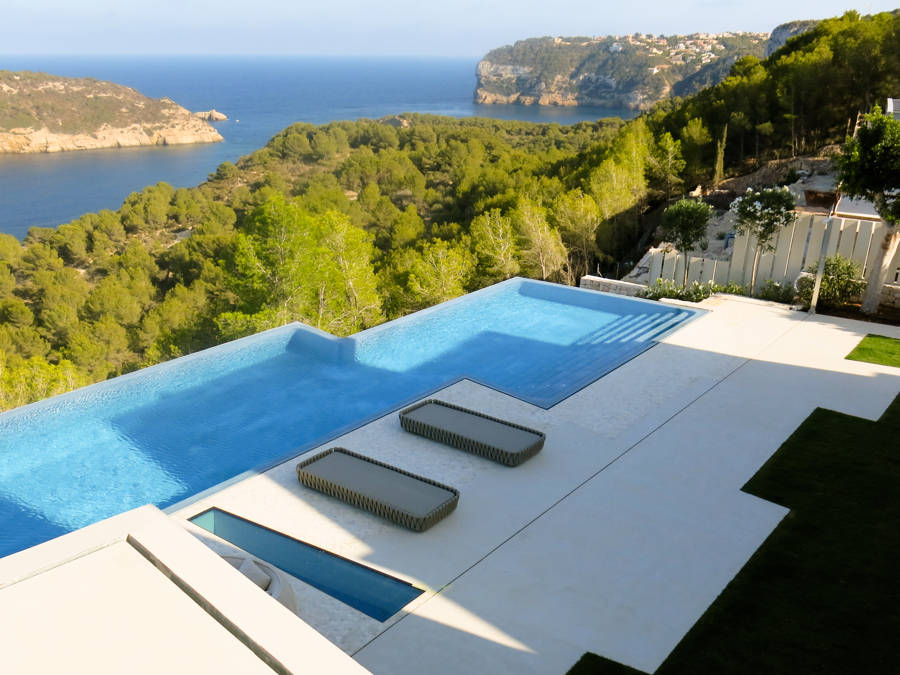
How to make a microcement pool?
The first thing to do before applying microcement is to make sure that the substrate is clean and free of dirt and damage. If necessary, it should be vacuumed to make it perfect.
Our microcement for swimming pools can be applied on reinforced concrete, shotcrete and shotcrete formwork supports; but never on other microcements, gresites, cement glues, waterproof mortars and paints.
Below we are going to explain how to make a microcement pool with our Atlanttic Aquaciment® system.
1. Preparing the mortar for the pool
Pigment the powdered component A and add the water-based acrylic resin Acricem Pool which acts as component B. Mix both for 2 to 3 minutes until a completely homogeneous, lump-free mixture is obtained. See mixing proportions in the product data sheet.
2. Prime the pool with Acricem Pool resin
With a roller, apply a coat of Acricem Pool acrylic resin. Wait 30 to 45 minutes until the substrate is completely dry.
3. Applying Atlanttic Aquaciment® microcement for swimming pools
The number of coats of Atlanttic Aquaciment® to be applied to create a microcement pool depends on the applicator's technique and the finish that the client wishes to achieve. One of the advantages of our product is that it can be applied using the "fresco on fresco" technique.
In the traditional process, two coats of Atlanttic Aquaciment® XXL have to be applied (the first without pigment) with a time between coats of 4-8 hours. Then apply two more coats with Atlanttic Aquaciment® XL pigment (4-8h between coats).
If you want a smoother finish, you can use the "fresh on fresh" technique and apply the second coat of the XL granulometry only 1 hour after the first coat. We recommend using a sprayer with water for the last coat and then going over it with a metal trowel to refine the finish.
4. Seal the pool with TopSealer® WT Pool varnish
The following day, after 24 hours, proceed to seal the microcement with two coats of TopSealer® WT Pool varnish (4-8 hours between coats).
5. Fill with water the new microcement pool
Allow the varnish to dry for about seven days so that the substrate reaches its maximum mechanical and chemical performance. After this time, fill the microcement pool with water.
Problems in Microcement Swimming Pools
Microcement applied to swimming pools should not present any issues if the application process is carried out correctly. It is a versatile and durable material, but to achieve the best results, it is essential to follow each step of the application process carefully and ensure that the substrate is in perfect condition.
If some of the basic guidelines are not followed or if the application is not executed properly, certain issues may arise. Our goal here is to help you understand what mistakes to avoid and how to ensure that your microcement pool turns out flawlessly.
Problems with microcement pools are generally related to the application process rather than the material itself. If the microcement is of high quality, there should be no issues. Below, we outline some of the most common mistakes to be aware of:
Not Properly Preparing the Substrate
Before applying microcement, the first potential issue is an unsuitable surface condition. This means ensuring that the substrate is free from grease, dirt, and any imperfections such as cracks or stains. Any aesthetic flaws that one might attempt to cover with interior plastic paint will eventually resurface over time. It is always best to start on the right foot.
Choosing the Wrong Type of Microcement
There is little to add here since Topciment’s quality is outstanding. However, selecting a microcement that does not meet the relevant market quality standards is a guaranteed recipe for failure in both application and final results.
Ignoring Drying Times
Like any coating material, microcement follows a precise application process that must be strictly adhered to. Skipping steps, such as applying insufficient layers or failing to allow each layer to dry completely before proceeding, can lead to long-term issues such as cracking or a lack of waterproofing. Following the correct procedure is key to achieving a perfect finish!
Create Your Microcement Pool with Atlanttic
At Topciment, we have been manufacturing all kinds of decorative solutions for over twenty years. Among them is Atlanttic, our two-component microcement specifically designed for swimming pools and other water-contact areas such as fountains and ponds.
With Atlanttic, applicators can create a seamless, crack-free, and highly durable microcement pool that also offers waterproof and slip-resistant finishes.
This product provides professionals with exceptional workability and strong adhesion to the substrate. However, Atlanttic’s real value lies in its next-generation formula, which fully activates 100% of the cement content.
This factor significantly enhances Atlanttic’s resistance when submerged, making it suitable not only for pool edges and surrounding areas but also for the pool basin and interior surfaces.
Owning a swimming pool is a common desire, but having a microcement pool with Atlanttic is, without a doubt, a dream come true.
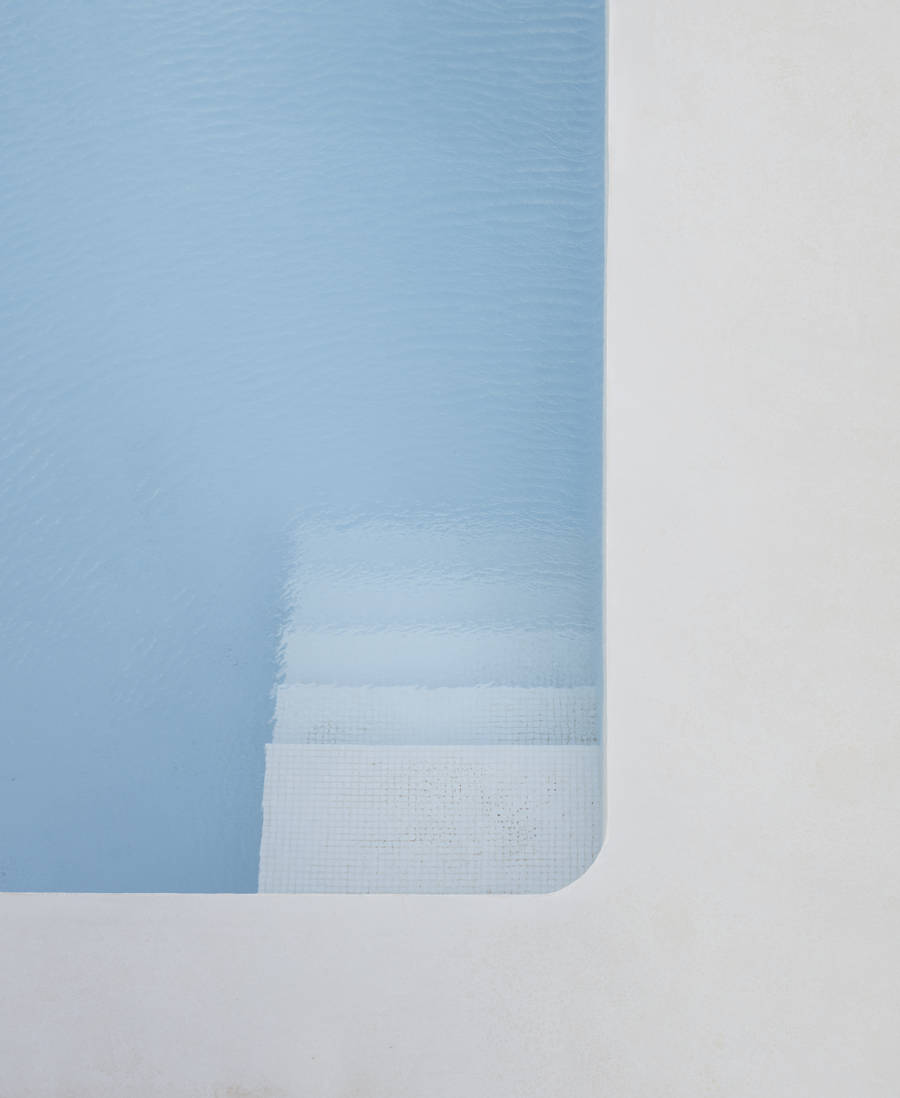
Buying Microcement for Swimming Pools
If you are looking for a reliable microcement for swimming pools in your commercial projects, Atlanttic offers quality, durability, and aesthetic appeal. Designed to withstand the demands of water and outdoor conditions, it provides customised solutions to meet the specific requirements of each project.
Atlanttic is easy to apply and adapts to any design, ensuring flexibility and efficiency during application. This makes it an ideal choice for professionals who want to optimise their workflow with a product that guarantees outstanding results.
Visit our Topciment contact page for more details and discover how Atlanttic can add value to your swimming pool projects. We are ready to collaborate with you!
Subscribe to our newsletter
Receive in your email tips for the application and care of microcement, the latest trends and news of Topciment products.




